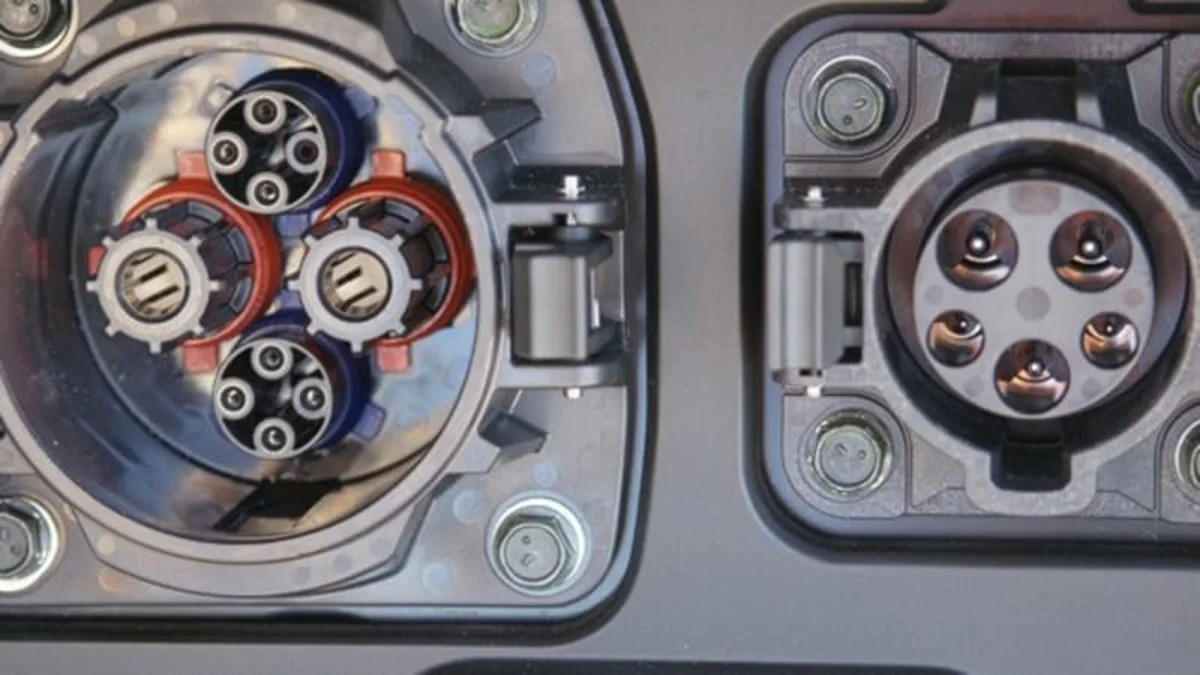When discussing electric vehicles and charging standards, things can get a bit confusing. Progress has been made in terms of unification, with the J1172 connector becoming a standard in most of the world. However, nomenclature still brings about plenty of conversational disorientation. Did you know modern electric vehicles (EVs) such as the Nissan Leaf have the charger built into the car? If this is so, what, you may ask, is the $2,200 Aerovironment "wall charger" that wants to sell me to charge the Leaf (or another EV)? Well, that wall charger or charging station is really just a device that safely allows electricity to flow. These "chargers" and the protocols established to create them are known as EVSE (electric vehicle supply equipment), and they enhance safety by enabling two-way communication between the charging station and the electric vehicle.
The term EVSE has been in use for a long time, and the 1996 NEC and California Article 625 defined (PDF) EVSE as:
This two-way communication ensures that the current passed to the vehicle is both below the limits of the wall charger itself and below the limits of what the car can receive. There are additional safety features such as a safety lock-out that does not allow current to flow from the wall charger until the plug is physically inserted into the car. While this new standard does result in additional cost to the consumer (versus just plugging into any 240 volt socket), their are benefits besides just safety. Adjusting the vehicle's on-board charger to make sure it doesn't exceed the power limits of the circuit it is plugged into is no longer required with EVSE. This is an important simplification to the charging process, and should help facilitate adoption of EVs in the future for people who could care less what current, voltage or wattage are.The conductors, including the ungrounded, grounded, and equipment grounding conductors, the electric vehicle connectors, attachment plugs, and all other fittings, devices, power outlets or apparatuses installed specifically for the purpose of delivering energy from the premises wiring to the electric vehicle.
[Source: California Energy Commission, AllCarsElectric | Image: Jonas Dalidd]


Sign in to post
Please sign in to leave a comment.
Continue